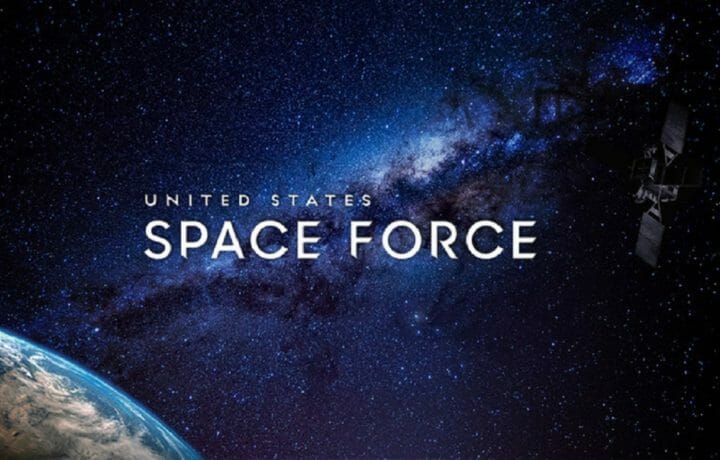This week, Lt. General Nina Armagno became the first female officer to be promoted to a three-star general officer and was transferred to the U.S. Space Force, where she will serve as the director of staff for Headquarters U.S. Space Force. Gen. Armagno will oversee the day-to-day staff operations that include establishment activities for the new sixth branch of the U.S. military.
“We’re starting fresh. We’re starting a clean sheet,” Armagno said. “We’re going to be agile, we’re going to be nimble, and we’re going to bring the best of everything into the Space Force.”
Armagno earned her commission from the Air Force Academy in 1988, and after graduating from the Undergraduate Space Training program in 1988, she served as a combat-mission-ready operator, instructor, evaluator, and flight commander in strategic missile warning, space surveillance, space control, space launch, and theater missile warning mission areas.
New Space Command Commander
While Armagno will take on her new role with the Space Force, U.S. Army General James Dickinson will take the helm as commander of the United States Space Command, the unified combatant command of the Department of Defense (DoD), which is responsible for all military operations in outer space. General Dickinson will be the first Army officer to lead Space Command. He had been deputy commander since last year and previously was commander of the U.S. Army Space and Missile Defense Command.
The White House nominated Dickinson for the top post in June, the Senate Armed Services Committee approved the nomination, and he was confirmed by the full Senate on August 6 via a voice vote. He will take over for General John “Jay” Raymond, who has since December served in the dual roles as head of Space Command and as chief of space operations of the U.S. Space Force. Raymond will continue to serve as head of the Space Force.
A Little History of Space Command
Space Command was first created in 1985, but it was disestablished in 2002 when its functions were absorbed by the U.S. Strategic Command. The move was made to free up resources to create Northern Command to oversee homeland defense. In December 2018, the Administration signed a memorandum that re-established Space Command as the military’s 11th unified combatant command, and it was officially reactivated on August 29 of last year.
Space Command, which utilizes capabilities and personnel provided by all branches of the military, is currently headquartered at Peterson Air Force Base. In May, the United States Air Force launched an open bidding process to select a permanent location for a new headquarters and communities from 26 states have submitted bids. The Air Force has said it will announce a decision early next year.
Spelling Out Spacepower
This summer, the Space Force also laid out its version of “Spacepower” in a Space Capstone document, which noted the doctrine for Space Forces. This included identifying the concept of “National Spacepower,” as the “totality of a nation’s ability to exploit the space domain in pursuit of prosperity and security.” It added that because the components of a national spacepower can be mutually reinforcing, they must be developed and coordinated for a nation to realize the full strategic benefits.
The doctrine also spelled out the role the military must play in achieving unified space action. “Military space research, development, and material acquisition must be closely coordinated with civil, commercial, and national intelligence space programs.”
Moreover, it was stressed that military operations in space exist to preserve and advance all equities of national spacepower, while this is also achieved through a unified space action that synchronizes all components available. The Space Force may be the newest service branch, but it has a presence throughout the world. The Space Force has 10 unites based outside the continental United States with facilities in Greenland, the United Kingdom, Ascension Island, Diego Garcia, Alaska, Hawaii, and Guam.
Most of the overseas Space Force facilities are likely tracking stations that were in operation before coming under the command of the Space Force.
Other World Presence for Space COmmand?
One question raised already is where the Space Force would eventually have an off-world base or other presence. The service supports NASA, which has a goal to return Americans to the moon in the coming years and would likely use that as a springboard for a manned trip to Mars or beyond. That makes such a presence possible, yet, it is still unlikely that space warfighters will be running permanent colonies even on the moon anytime soon.




